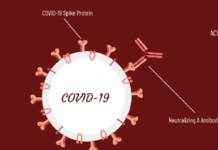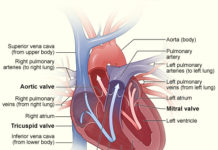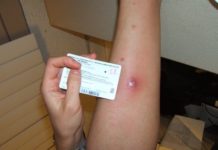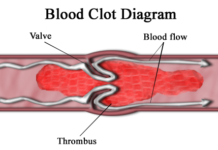Cardiac arrest was the coroner’s announcement following the tragic death of music legend Michael Jackson on June 25. Many people believe that meant a heart attack, but going into cardiac arrest is something different.
Cardiac arrest is a problem with the beat of the heart, and is known as an arrhythmia, according to the National Heart, Lung, and Blood Institute (NHLBI). The National Heart, Lung, and Blood Institute is the one of the premier medical research facilities in the world.
There are multiple forms of arrhythmias. For example, the heart can beat too fast, tachycardia, or too slow, brachycardia. The heart can also beat in random forms.
All forms of arrhythmia don’t make the heart go into cardiac arrest. However, having a heart attack greatly increases your chances of going into cardiac arrest. Around 75% of people who die from cardiac arrest also suffered from a previous heart attack, states the Heart Rhythm Society (HRS), an international leader in science, education and support on cardiac arrhythmia for patients and professionals. According to HRS, an estimated 325,000 people die each year from cardiac arrest. This means that every two minutes someone in America dies from cardiac arrest.
The best prevention for anyone at high risk for cardiac arrest is to get an implantable cardioverter defibrillator (ICD), which is a machine that goes under the skin, says HRS. The ICD monitors your heart beat and will send a high-energy shock to your heart when an irregular beat occurs that may lead to cardiac arrest.
A heart attack occurs when a coronary artery, brings blood to the heart, is blocked, states Richard N. Fogoros, M.D. He’s a former professor of medicine, and a longtime practitioner, researcher and author in the fields of cardiology and cardiac electrophysiology. The blockage to the heart prevents valuable oxygen to a portion of the heart, which damages heart muscle. Heart attacks are the leading killer of men and women in the United States, killing about 550,000 people each year, says HRS. The people most at risk are men over the age 45 and women over 55, says NHLBI. Cardiac arrest can also happen during a heart attack.
| Related stories: Surviving a Sudden Cardiac Arrest; Watch Your Heart |
For most of us, it is not important to distinguish between cardiac arrest or a heart attack if someone suddenly shows signs of trouble, immediately call 9-1-1, says NHLBI. In an emergency, either CPR or an automated external defibrillator (AED) can help get the heart going. An AED machine is sends an electric shock to your heart to try and re-establish a normal heart beat. Damonte Johnson

This work is licensed under a Creative Commons Attribution-NonCommercial-NoDerivs 3.0 Unported License














Wow this was a really amazing article! I’ve never really understood the difference between the two. He will forever be remembered
Thanks Ms. Williams, and I agree he will forever be remembered.
I love Michael Jacskson so much.
He was loved by millions across the world.
:smile This was very professional and well done although some spelling changes are in order but not many. Overall this was a great article and I am looking forward to more.
Thanks Joe who is Friends with me. You’re one of my die hard fans :smile